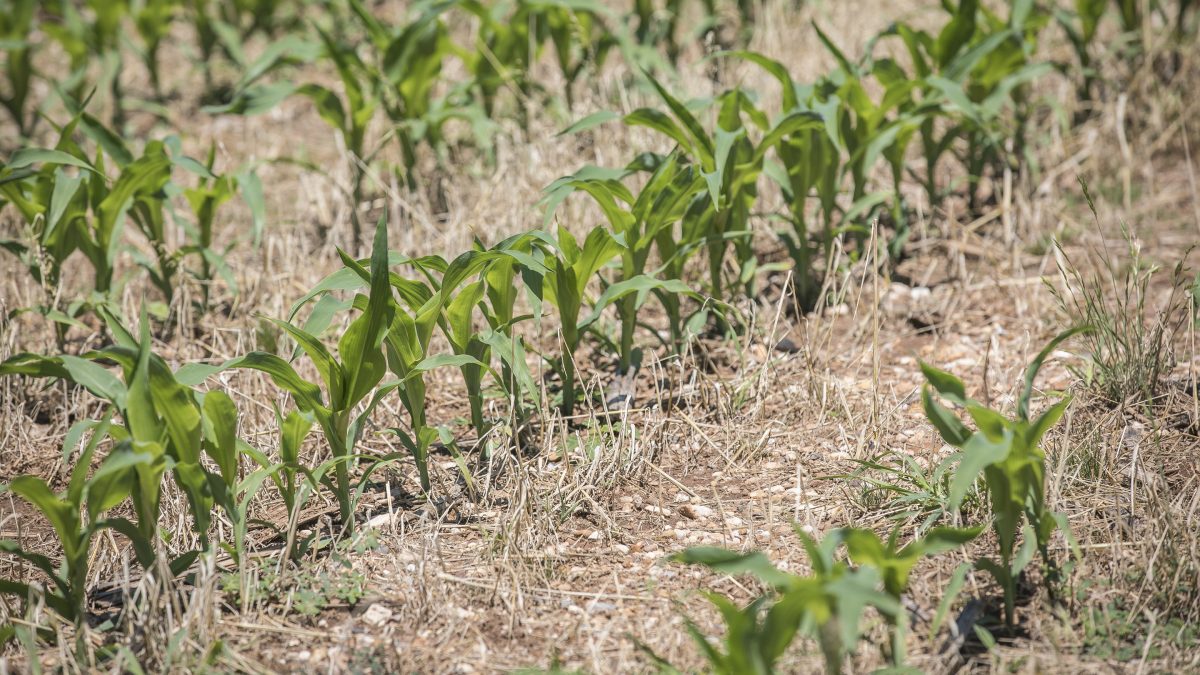Farm Innovations Drive Sustainability for the Next Generation
TOPICS
SustainabilityGuest Author
Special Contributor to FB.org

photo credit: AFBF Photo, Philip Gerlach
Guest Author
Special Contributor to FB.org
by Joanie Stiers
I’m as infatuated with old barns and windmills as I am virtual control of our grain dryer and the GPS-guided nozzle shutoffs on the sprayer we use to apply crop protection products when and where needed.
From the days of water-pumping windmills to modern satellite imagery of plant health, our farm’s history is laced with stories of generational innovation, a desire to advance the way we build farmsteads, grow crops, raise livestock and manage the soil and water resources under our care.
The generations before us farmed the best way they knew how with the technology and information available to them at the time. We do, too. For us, innovation lies at the heart of sustainability, our ability to grow food and fuel in a way that will give the next generation that chance, too.
Innovation on the farm advances rapidly from one generation to the next, just as smartphones, online shopping and virtual meetings have changed modern life. Satellite-guided machinery operates with greater accuracy than car navigation systems. This allows precise placement of seed, nutrients and crop protection products, reducing waste and supporting environmental stewardship goals. Internet-connected livestock barns automatically control air quality, and high-tech dairy farms scan animal identification tags to deliver feed nutrition customized per cow.
Agriculture can serve among the solutions to global challenges of hunger, energy and climate.
Every year, more farms like ours establish cover crops in their fields between growing seasons to keep soil active and prevent nutrient loss. This year, we plan to test microbial-based products intended to boost soil health and improve nutrient availability to plants, reducing fertilizer needs while producing healthier crops. We hope that health equates to more protein and oil content in the crops we grow, enhancing everything from the nutritional value of food to the production of plastics that biodegrade faster.
Across the landscape, lush fields of corn, soybeans, hay and pasture act as nature’s carbon-sequestering machines. These green spaces naturally pull carbon from the atmosphere and move it into the soil, making cleaner air for us and storing carbon for the crops and ecosystems that need it.
Agriculture can serve among the solutions to global challenges of hunger, energy and climate. Our kids observe that, too. The pandemic created a lot of family time to discuss farm technology, how their great-grandparents farmed, and our economic sector’s spirit to improve and address problems. The experiences strengthened their passion for the farm, its history and the evolving farm innovations that help fulfill our duty to sustain this essential profession and its resources.
Joanie Stiers farms with her family in west-central Illinois and contributes to Illinois Farm Bureau Partners magazine and website. This column is republished with permission.
Top Issues
VIEW ALL